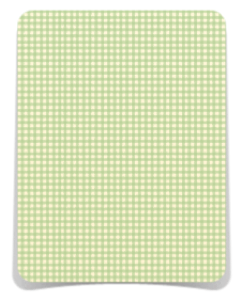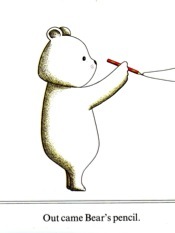Fantastic Metafictions

This course will explore the delights and demands of textual excess in multiple forms with a particular focus on metafictional modes of narration and the provocative and productive collisions of possible meanings that result from them. Do you follow me? How many texts does it take to make a fiction? Peritext, paratext, epitext, intratext, and the list goes on… What do you think of my description so far? Experts agree that you should take this course.
As Patricia Waugh notes in her 1984 book Metafiction, “this form of fiction is worth studying not only because of its contemporary emergence but also because of the insights it offers into both the representational nature of all fiction and the literary history of the novel as genre. By studying metafiction, one is, in effect, studying that which gives the novel its identity” (5). If that doesn’t convince you, consider what Richard Andersen notes about Goldman’s The Princess Bride: “Goldman returns to the point where the novel began in order to create a work that tries not directly to represent life but to present a representation of a representation of life. Such imitation is how novels first came into being with Don Quixote imitating Amadis of Gaul or Henry Fielding parodying Samuel Richardson’s Pamela” (William Goldman 79). How many textual layers is that? The fun doesn’t stop there; excess, indeterminacy and boundary breaking are everywhere.
In the quarter century that has intervened since Waugh’s book, metafiction has made indelible marks on the creation of picturebooks and comics as well, particularly in fairy tale re-tellings.
Using mostly books from the fantasy mode, we’ll examine and compare the strategies used in word only books, picturebooks, and pop-up versions, taking into consideration the variety of audiences these have been aimed at and claimed by. I’ve convinced myself. And you? Besides, the list of plural polyphonic books is too good to be true.
The significance of the fact that children are learning to read with these sophisticated intertextual books is explored in the twelve essays collected in Sylvia Pantaleo and Lawrence Sipe’s Postmodern Picturebooks: Play, Parody, and Self-referentiality, which, in addition to Waugh and additional sources like Phil Nel’s media clip “Metafiction for Children: A User's Guide,” will be the critical springboard for our exploration (by means of freewrites and interthinking, among others) of the course texts.
Fantastic Metafictions: Words, Images, & Pop-ups
Or: Beware, This Could be Too Much Fun
Name & email Last Update: Aug 28, 2012
Andrea Schwenke Wyile andrea.schwenke.wyile@acadiau.ca
Course
English 4323/5013, Fall 2012
Time & Location
Wednesdays 8:45-11:45, BAC 238
Office & Hours
BAC 437, 585-1138, Mon.: 10:30-noon; Wed. 16:00-16:30, or by appointment

Picturebooks

Emily Gravett

David Macaulay

Ed Vere
More Course Books
CRITICISM
Patricia Waugh Metafiction: The Theory and Practice of Self-Conscious Fiction.
NOVELS
Pat O’Shea The Hounds of the Morrigan
Neil Gaiman & Terry Pratchett Good Omens
Dianna Wynne-Jones Fire & Hemlock
William Goldman The Princess Bride: The Good Parts Version
COMICS & POP-UPS
Mike Carey The Unwritten Vol. 1 & one from Vol. 2-5 (see Acorn)
Oliver Jeffers The Incredible Book Eating Boy, pop-up edition
Course Links
Metafiction for Children: A User’s Guide
http://mikeandpeter.com (creators of The Unwritten)
http://wp.robertsabuda.com/ (pop-up artist)






